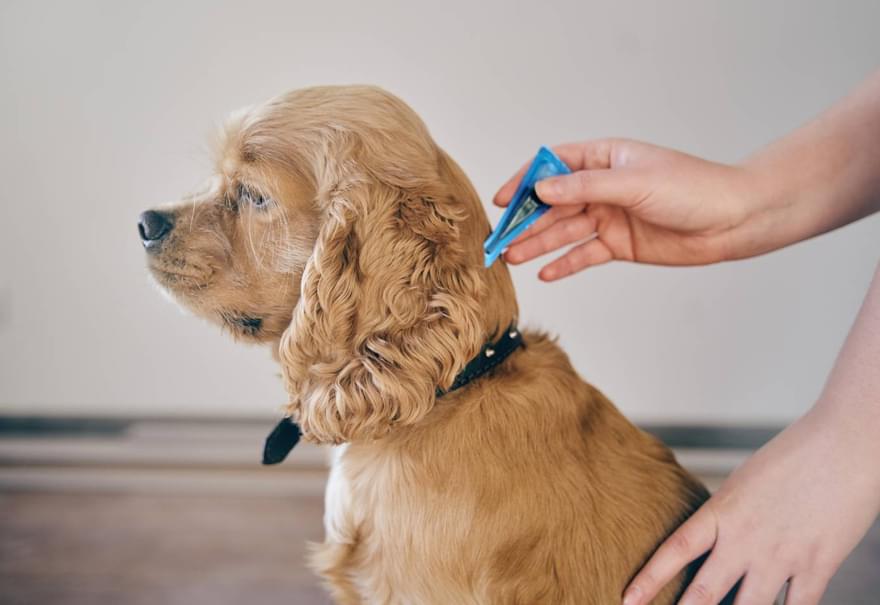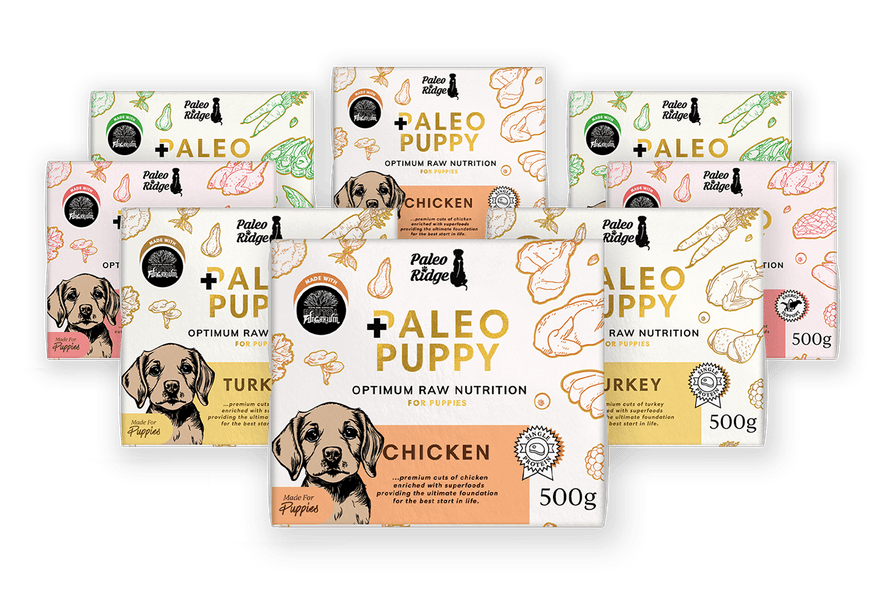It’s advisable to invest in a versatile steamer, a pointy nozzle attachment for your vacuum, silicone based (non-insecticide) spray that suffocates the eggs. Don’t forget about an old-fashioned flea comb, which will reveal if there any ‘flea’ dirt or poop on your dog.
Work in a strict rotation every two days involving spraying to suffocate eggs in the cracks of your sofa, floor crevices, rugs and carpeted areas. Leave for 48 hours before hoovering thoroughly. Then steam all areas, before spraying with the silicone spray and repeat.
Adding Diatomaceous earth into your flea attack is a 100% natural, ‘old-fashioned’ flea exterminator that is deadly to any insect, yet completely harmless to animals. Diatomaceous earth’s mode of action for insect- and parasite-control is strictly mechanical. The microscopically sharp edges of the earth contacts the insect or parasite and pierces their protective coating, so they soon dehydrate and die. The larvae is affected in the same way.
By applying Diatomaceous Earth onto your dog’s skin, in the ‘Human-grade’ edible variety, will work like a natural flea powder. Sprinkle the Diatomaceous earth into rugs, carpets, crevices and around your dog’s bed in lieu of any chemical agents.
In the same way that we might apply a ‘mosquito’ repellent, there’s a raft of natural ‘sprays’ on the market containing ‘anti-flea’ essential oils. A 2017 study published by the Journal of Arthropod-Borne Diseases found that thyme, myrtle and cedarwood essential oils can repel fleas effectively from fabric, people, and pets.
Interestingly scientists from Imperial College London are urging vets to adopt the strategy practiced in Scandinavian countries, which is to ‘test before you treat’. Their research proved that levels of fipronil and imidacloprid (both insecticides only found in pet parasiticides) are exceeding safe levels polluting British rivers and damaging these ecosystems.





